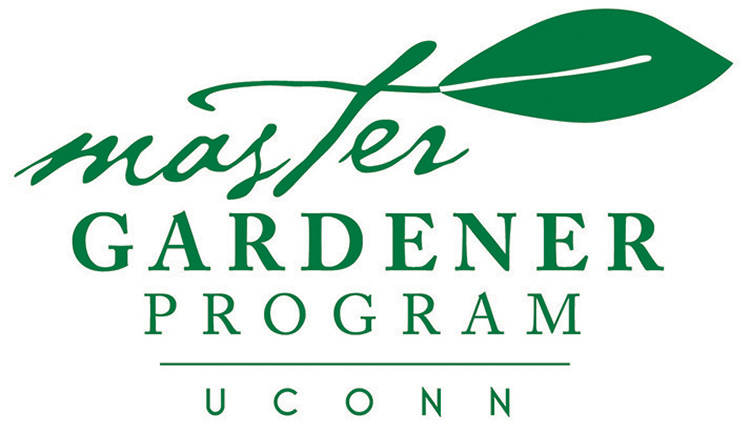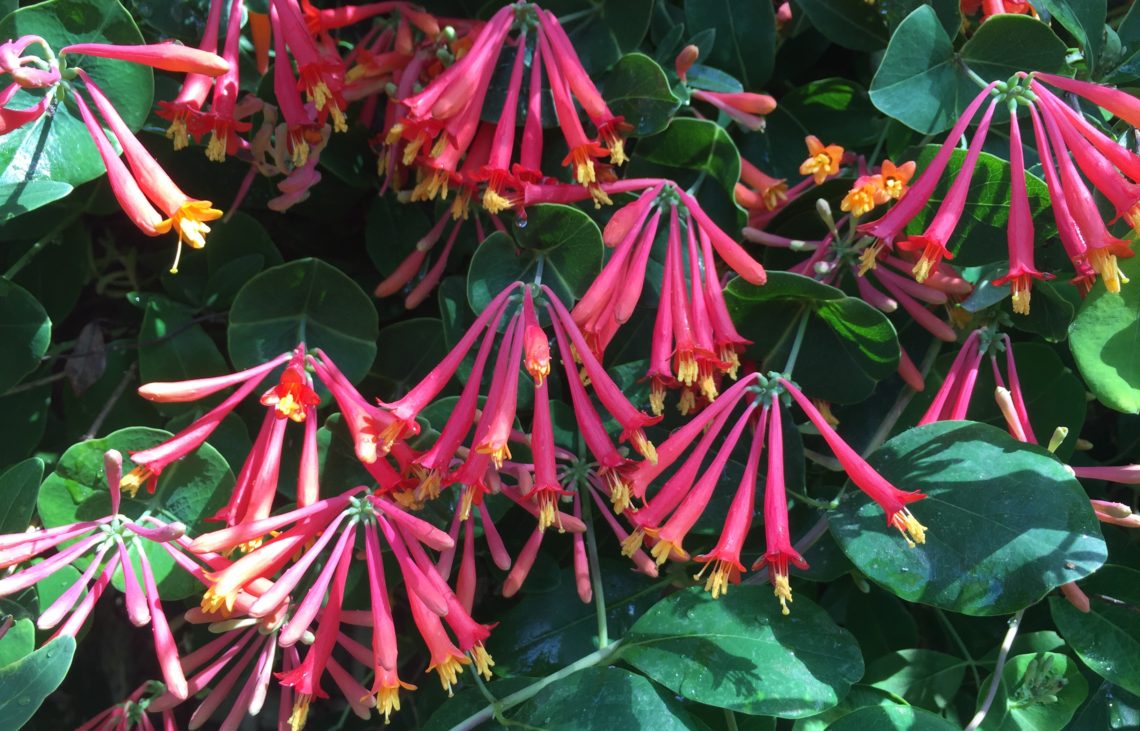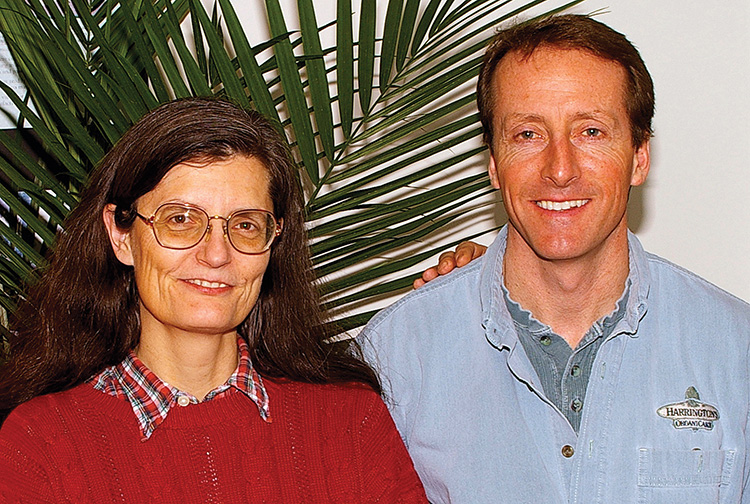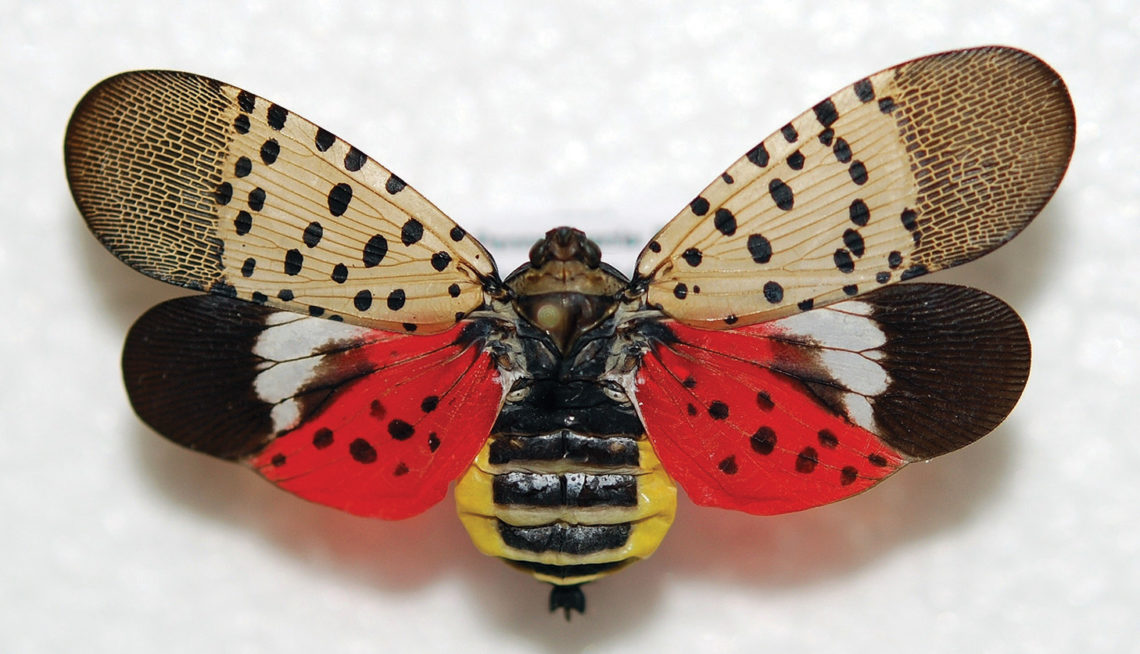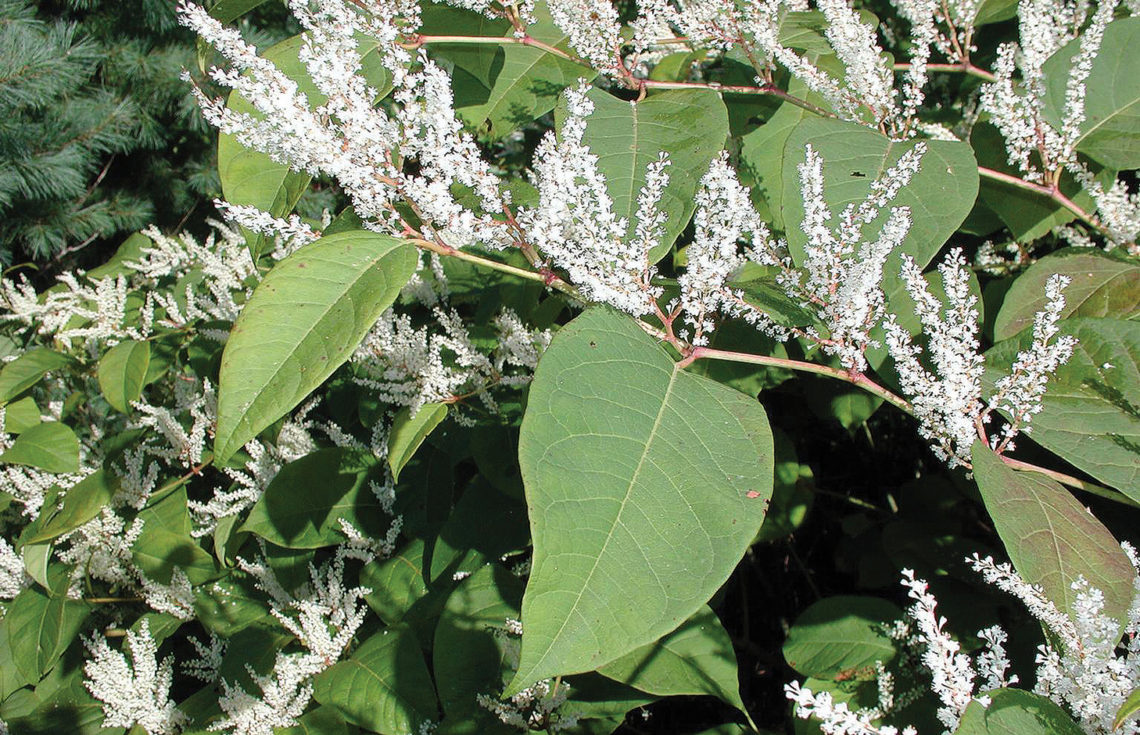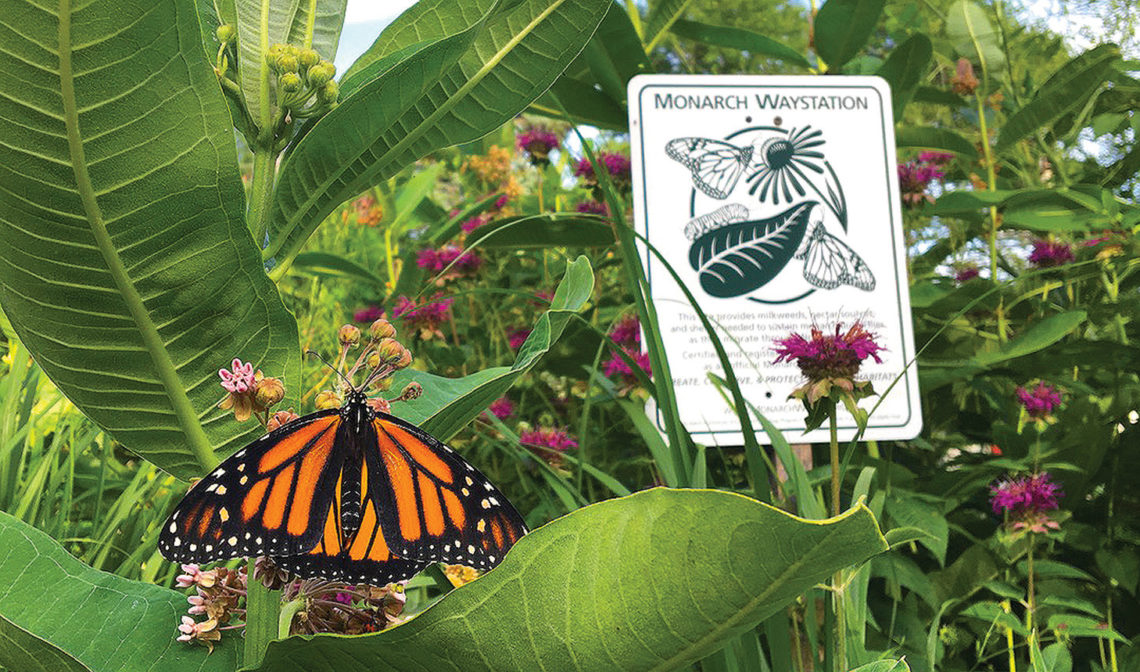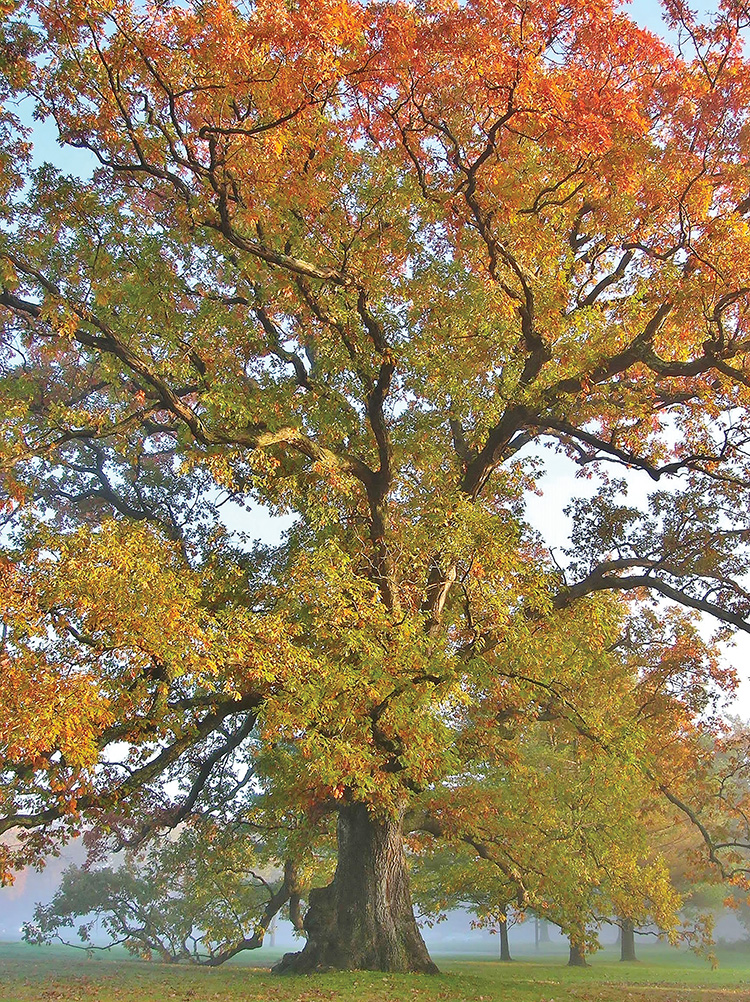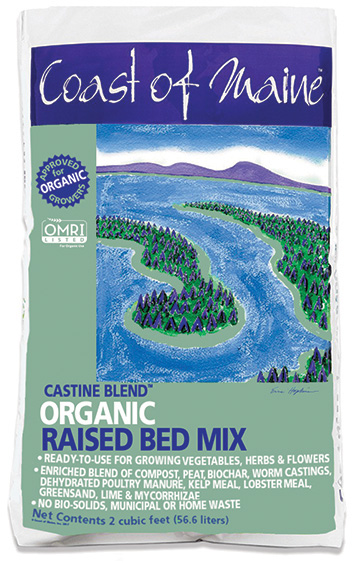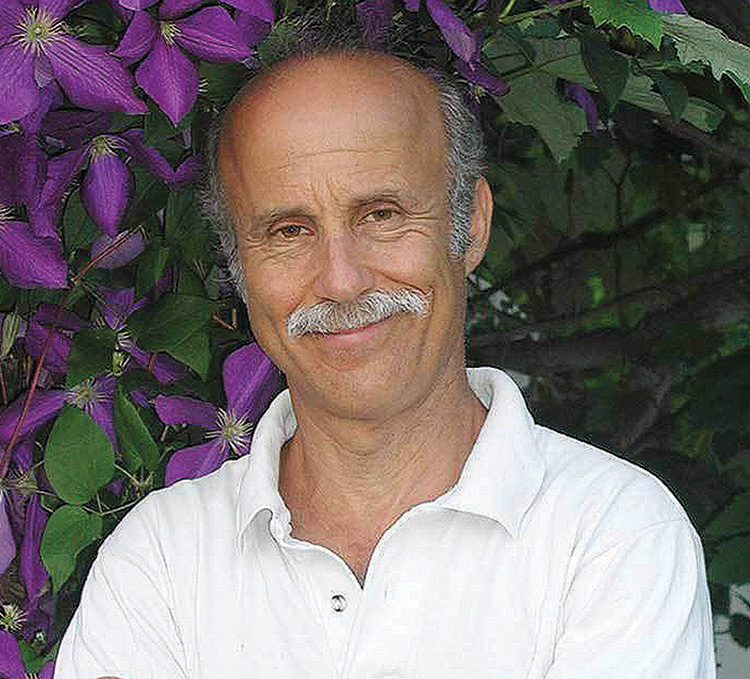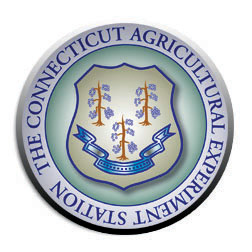The UConn Extension Master Gardener Program is seeking applications for the position of Master Gardener New Haven County Program Coordinator. This is a 16‐hour‐per‐week position and is a temporary, six‐month appointment. Renewal is optional pending coordinator review and availability of program funding. Responsibilities include but are not limited to: provide leadership for the base county Master Gardener program. Successful candidate will coordinate staffing of program mentors, volunteers and interns; coordinate and assist with annual classroom portion of the program; work with UConn Extension center/ county‐based faculty and staff, as well as university based faculty and staff as needed. Will also need to work with allied community groups and Extension partners…
-
-
Welcome to our new website!
We switched to a WordPress-based website on Jan. 4, 2019. The URL (website address) will remain the same. We hope to bring you a more interactive and streamlined website and hope you’ll be able to find everything you need during the transition. Your feedback is welcome!
-
Todd Harrington – Organic Pioneer
By Will Rowlands NOV-DEC 2018 – Todd Harrington is the owner and driving force behind Harrington’s Organic Land Care in Bloomfield. Todd grew up in Canton and worked for his father’s commercial landscape company after school and on weekends. He studied mechanical engineering at UConn for two years and then took a few years off to work for tree care companies. After resuming his studies at UMass, he received a degree in arboriculture and forestry. He started a tree care division for his father’s business in 1987. Three years later he started his own business, Organicare. In 1997, he changed the name to Harrington’s Organicare and then again to Harrington’s…
-
Spotted Lanternfly in New Jersey
2018 – Spotted Lanternfly (Lycorma delicatula) has been reported in New Jersey less than 100 miles from Connecticut. According to USDA APHIS, “Nymphs feed on a wide range of plant species, while adults prefer to feed and lay eggs on tree of heaven (Ailanthus altissima). If allowed to spread, this pest seriously harm the country’s grape, orchard and logging industries.” For more information just do a search for Spotted Lanternfly USDA
-
Japanese Knotweed – Invasive in Connecticut
SEPT-OCT 2018 – Japanese knotweed (Polygonum cuspidatum, Fallopia japonica) is sometimes called Mexican Bamboo but is neither. It’s native to Eastern Asia and has many common names including Hancock’s curse, Himalayan fleece vine, monkeyweed, tiger stick and donkey rhubarb. HistoryAccording to the University of Leicester, it arrived at the Royal Botanic Gardens Kew in August 1850 in an unsolicited package of plants from Philippe von Siebold in Holland. Japanese knotweed was subsequently sold by nurserymen all over the Britain where it was used as an ornamental, for cattle forage and to stabilize riverbanks. Its use was promoted by William Robinson (1838-1935) the author of The Wild Garden (1870) and The…
-
Monarch Update
By Diane St. John SEPT-OCT 2018 – The summer of 2018 has turned out to be a very good year for monarch butterflies in our state. The milkweed has had a great growing year and the monarchs arrived earlier than normal. I found my first eggs right after we had the damaging storms in May and am wondering if they were carried here by wind rather than their normal northern migration. At Natureworks in Northford I saw monarch eggs on our display garden milkweed in May, a pleasant shock as I had not seen an actual butterfly and would not see one for several more weeks I have talked with…
-
The Importance of Trees
By Jeffrey Ward, CAES NOV-DEC 2018 – Coming from the corn fields of the Midwest 30 years ago, I was immediately struck by how forested Connecticut was, and still is. We live in a tree lovers paradise. Did you know that Connecticut’s urban communities have the highest tree cover of any state at 62%? It seems Nutmeggers have a natural yearning for homes nestled on tree-lined streets, for parks shaded by majestic trees, and for avenues flanked by leafy colonnades. The question arises – why? What are the benefits that trees provide us, both tangible and perceived, that make us want to live surrounded by them. Trees are important to our…
-
Biochar – Boon or Boondoggle?
SEPT-OCT 2018 – There’s been a lot of buzz lately about the benefits of biochar as a soil amendment. It’s been touted not only as a fertility enhancer but also for its potential to sequester carbon, reduce greenhouse gasses, suppress plant disease and remediate contaminated soil. Biochar isn’t fertilizer but it has a porous structure that attracts beneficial micro-organisms and helps soil retain water and nutrients. According to the U.S. Biochar Initiative (biochar-us.org), it’s a fine-grained charcoal made by pyrolysis, the process of heating biomass with limited to no oxygen in a specially designed furnace capturing all emissions, gases and oils for reuse as energy. Depending on the temperature used,…
-
The Ever Curious Gardener
JULY-AUG 2018 – Lee Reich is an avid farmdener (more than a gardener, less than a farmer) with graduate degrees in soil science and horticulture. After working in plant and soil research with the USDA and Cornell University, he shifted gears and turned to writing, lecturing, and consulting. The Ever Curious Gardener is a pleasing blend of natural science, down-home experience and humor. It will make you a more thoughtful – and better – gardener. It doesn’t have to be read in order; each chapter, and even most of the sections, stand on their own. The Ever Curious Gardener: Using a Little Natural Science for a Much Better Garden –…
-
Research at The Ag Station
JULY-AUG 2018 – It’s hardly a secret that The Ag Station is my favorite organization – but for all they contribute to science and society, many residents have no clue about what they do. At the very least, you – as a gardener and student of the natural world – should get acquainted with their work. Some Station research projects are long-term, like the new crops program and tick and mosquito monitoring. Others are more focused, such as research into nanoparticles and biochar. Here are some quick notes about several subjects being studied — truly a miniscule sampling of The Ag Station’s ongoing work at its New Haven, Hamden, Windsor…
